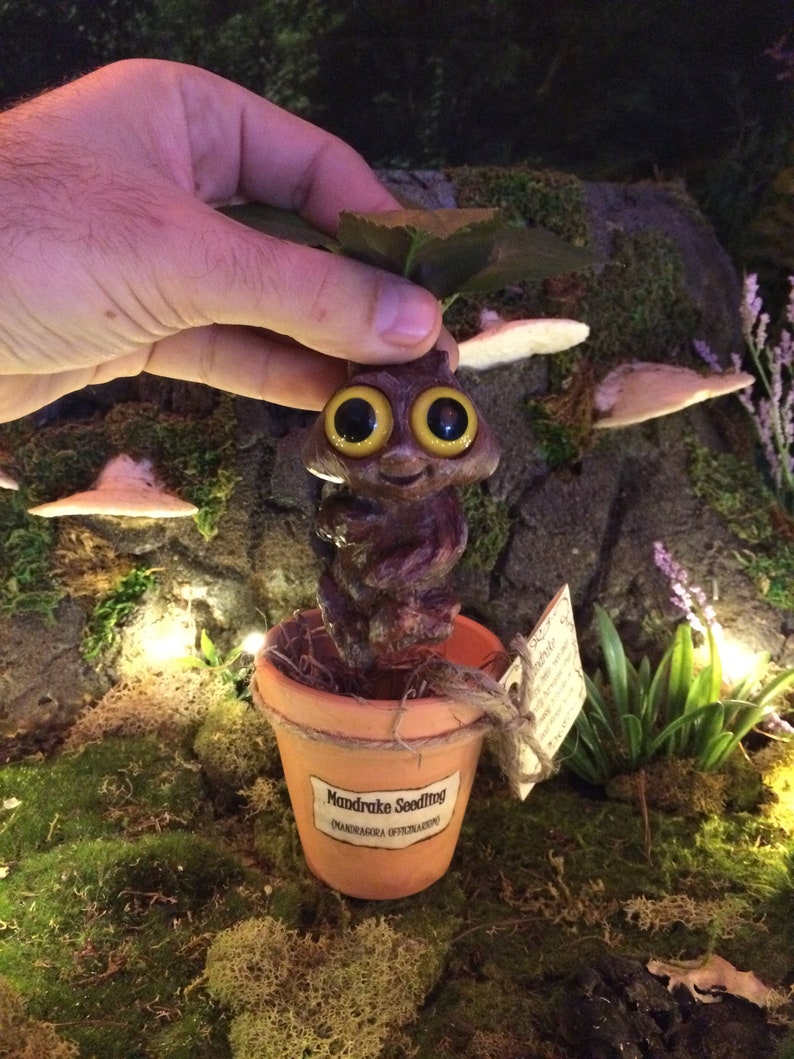

Mandragora plants are herbaceous perennials. Take extreme caution when working with this plant and never use it for treatments unless you are extremely experienced. Mandrake has been used medicinally for centuries, but it is also extremely toxic. There are numerous varieties of mandrake, as well as plants named mandrake which are not members of the Mandragora genus. Gardeners considering cultivating mandrake ought to be aware that there are several varieties to consider. The Swiss cheese plant takes its title from its big, heart-shaped leaves that develop holes in the shape of Swiss cheese as they age.

Once these roots reach the ground, they quickly spread, giving this plant a vine-like appearance. It has been introduced to a number of tropical areas and has established a mildly invasive population in Hawaii, Seychelles, Ascension Island, and the Society Islands. The plant is a flowering plant species indigenous to the tropical forests of southern Mexico, extending south to Panama. The Swiss cheese plant (Monstera) is a tropical ornamental with downward-growing aerial roots. This has compelled it to develop a carnivorous lifestyle in order to complement its diet. The acidic habitats in which the round-leaved sundew thrives are insufficiently nutrient-dense. Once trapped, the sundew’s tendrils detect their prey’s presence and curl inward to engulf it.Įventually, the entire leaf will wrap around the digested insect. This ‘dew’ is extremely sticky and thus traps the insect. It is a tiny, lithe plant that stands out due to its diet.Įach reddish leaf’s hair-like tendrils are edged with shimmering drops that entice moving insects. Round-leaved sundew is a lovely plant that grows among soggy sphagnum mosses on the banks of bog pools, wet heaths, and peaty moors. The common bladderwort has a tendency to grow rapidly and become entangled with other aquatic plants, necessitating frequent maintenance. It is found in bodies of water such as lakes, marshes, rivers, and streams. This plant is indigenous to the Northern Hemisphere and can be found throughout the United States. Hairs at the bladder’s opening act as triggers, mechanically causing the trap to spring open, sucking in water and microbes. The bladders, which bear the common name, are often used to encapsulate small aquatic organisms. Bladderwortīladderwort is an extraordinary aquatic carnivorous plant with deeply divided, submerged leaf-like stems and multiple small ‘bladders’.Ībove-water flowers are yellow, two-lipped, and have a forward-facing spur on the lower lip. Here is an article I wrote on plants with long roots 3. The leaves are 8–15 cm (3–6 inches) long and have hinged blades that allow the two nearly circular lobes with spiny teeth along their margins to curl together and enclose an insect alighting on them.Īfter capturing three or four insects, the trap expires. The bulb-like rootstock of the plant produces a cluster of small white flowers at the tip of an erect stem 20–30 cm tall.

The plant, which is the sole member of its genus, is native to North and South Carolina, in which it is abundant in damp, mossy areas. The plant is unique in that it captures and digests insects and other small animals. Venus flytrap (Dionaea muscipula) is a sundew family perennial carnivorous plant. The seeds have a tough seed coat that prevents germination. The pods are divided into two to five segments and contain pale brown seeds measuring approximately 2.5 mm in length. The fruit is composed of clusters of two to eight pods measuring between one and two centimeters in length, with prickly margins. The leaves are bipinnate, fern-like, and pale green, and they close in response to disturbance.įrom the leaf axils, stalked pale pink or purple flower heads emerge. Stems are upright, slender, and branching. It reaches a height of 50 centimeters and a spread of 30 centimeters. In summer, it features prickly stems and small, fluffy, ball-shaped pink flowers. When touched, its fern-like leaves contract and droop, but usually reopen within minutes.

Touch Me Not (Mimosa Pudica) is an amazing and strange plant that grows wild throughout the tropics.Īlthough the exact origin of this species is unknown, it is believed to have originated in tropical America.


 0 kommentar(er)
0 kommentar(er)
